Since its listing on the New York Stock Exchange in 1920, PVH has leveraged its extensive network of 6,000 stores to support its five prominent brands, including Calvin Klein and Tommy Hilfiger, both renowned for their high brand awareness and premium market positioning. This diversified brand portfolio significantly contributes to the company's enduring success.
A crucial factor in its growth trajectory is its robust online commerce presence. The company has demonstrated impressive growth rates in online sales, achieving a remarkable 36% annualized growth between 2016 and 2020, followed by an impressive 88% growth in 2020-2021 (partially driven by the pandemic). With online sales now accounting for 38% of total sales, PVH effectively adapts to evolving consumer preferences and capitalizes on the digital retail landscape.
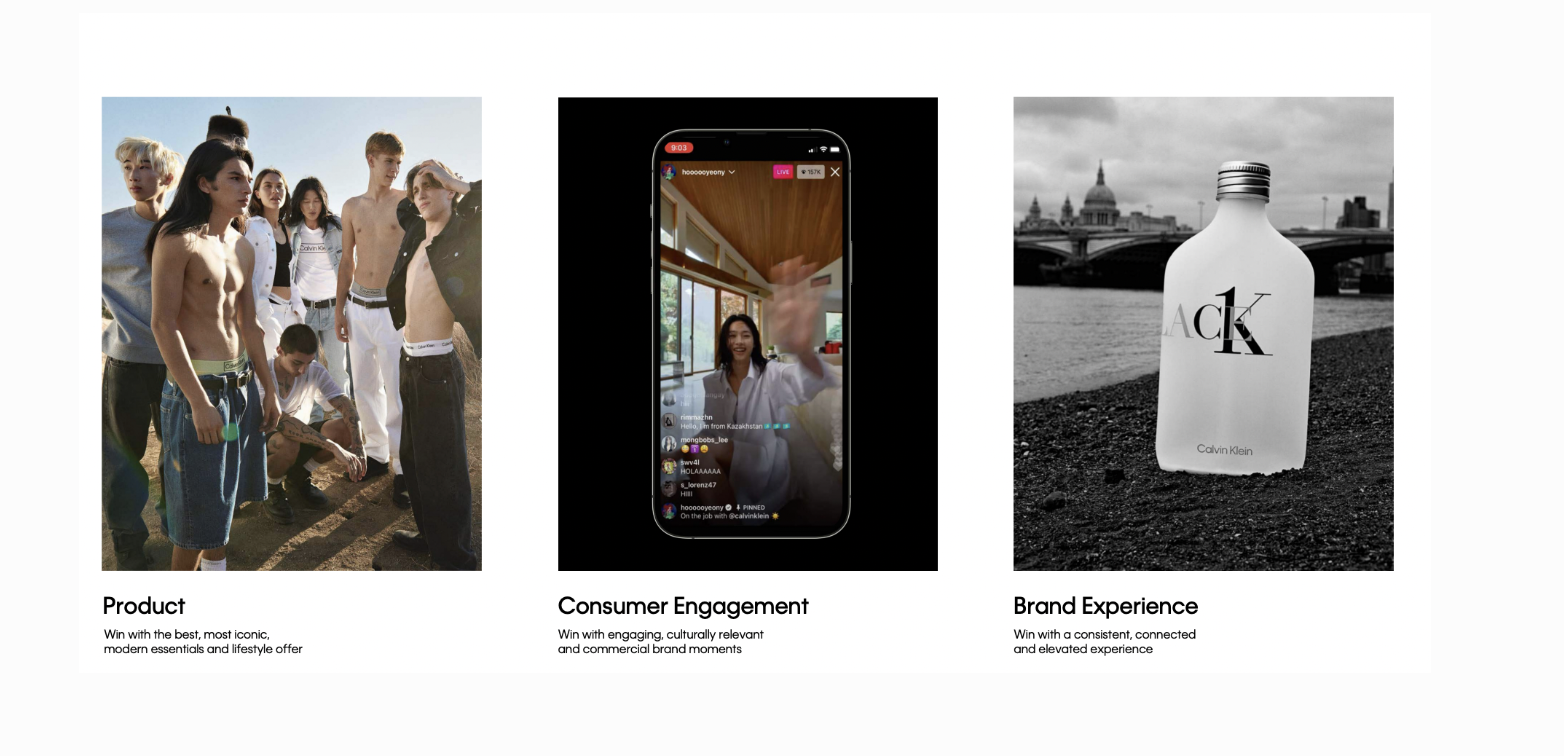
The brand image stands as another pillar of the business strategy, as the company effectively utilizes social media platforms to nurture its customer base and expand market share. In 2021 alone, PVH attracted a staggering 180 million visitors, including over 2.5 million new consumers through its owned and operated (O&O) digital channels. Notably, iconic brands such as Tommy Hilfiger and Calvin Klein have amassed substantial social media followings, with over 14 million and 24 million followers, respectively, on Instagram.
Tommy Hilfiger, responsible for 65% of PVH's European revenues since its acquisition in 2013, serves as a significant growth driver for the company. Despite experiencing a revenue decline to $3.6 billion in 2020 due to the pandemic, the brand rebounded to $4.7 billion in 2021, exhibiting a compound annual growth rate (CAGR) of 7% since 2010. It aims to further increase Tommy Hilfiger's revenue to $6.4 billion by 2025. Moreover, the brand has successfully secured a strong market share position, ranking fifth in Global "Premium" Menswear and fifth for Global "Premium" Jeans. In Q4 2021, Tommy Hilfiger's prompted awareness of 78% in the USA surpassed competitors such as Ralph Lauren (70%), Hugo Boss (56%), and Lacoste (62%), showcasing its high global brand awareness and conversion-driving strength.
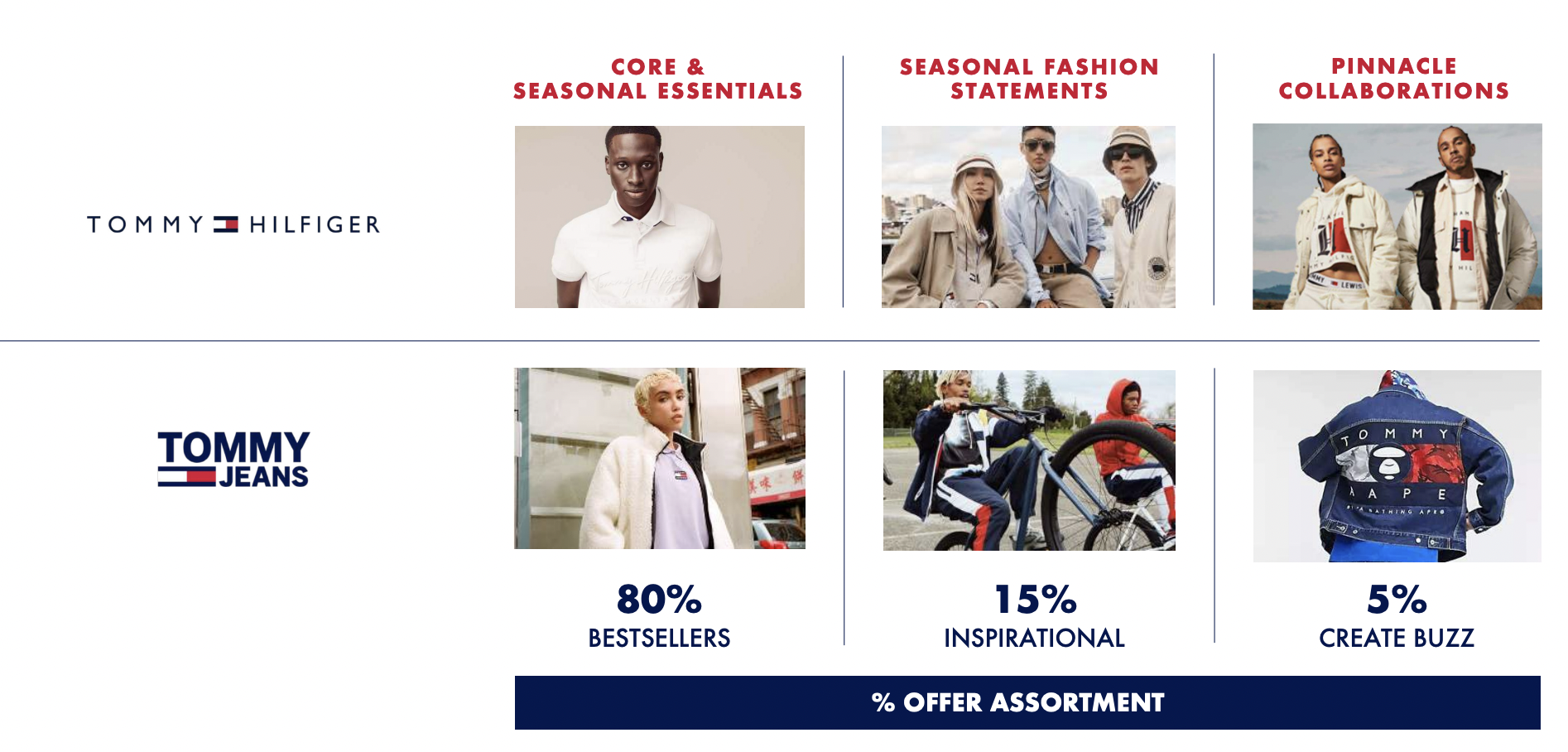
Calvin Klein also emerges as a significant growth driver within PVH's brand portfolio. Since its acquisition in 2003, the brand has experienced impressive expansion, with global retail sales tripling and achieving a compound annual growth rate (CAGR) of 6%. Calvin Klein holds prominent positions in the global market, ranking first for "Premium" Men's Underwear and seventh for "Premium" Jeans. Notably, the brand's purchase key performance indicators (KPIs) outperform competitors, with prompted awareness reaching 81% in the USA during Q4 2021.
PVH aims to capitalize on substantial market opportunities for various Calvin Klein product categories, including Underwear ($90 billion), Denim ($60 billion), Casual ($250 billion), Refined ($220 billion), and Athleisure ($80 billion). By leveraging these opportunities, the company envisions driving Calvin Klein's global revenue from $3.7 billion in 2021 to approximately $5.4 billion by 2025.
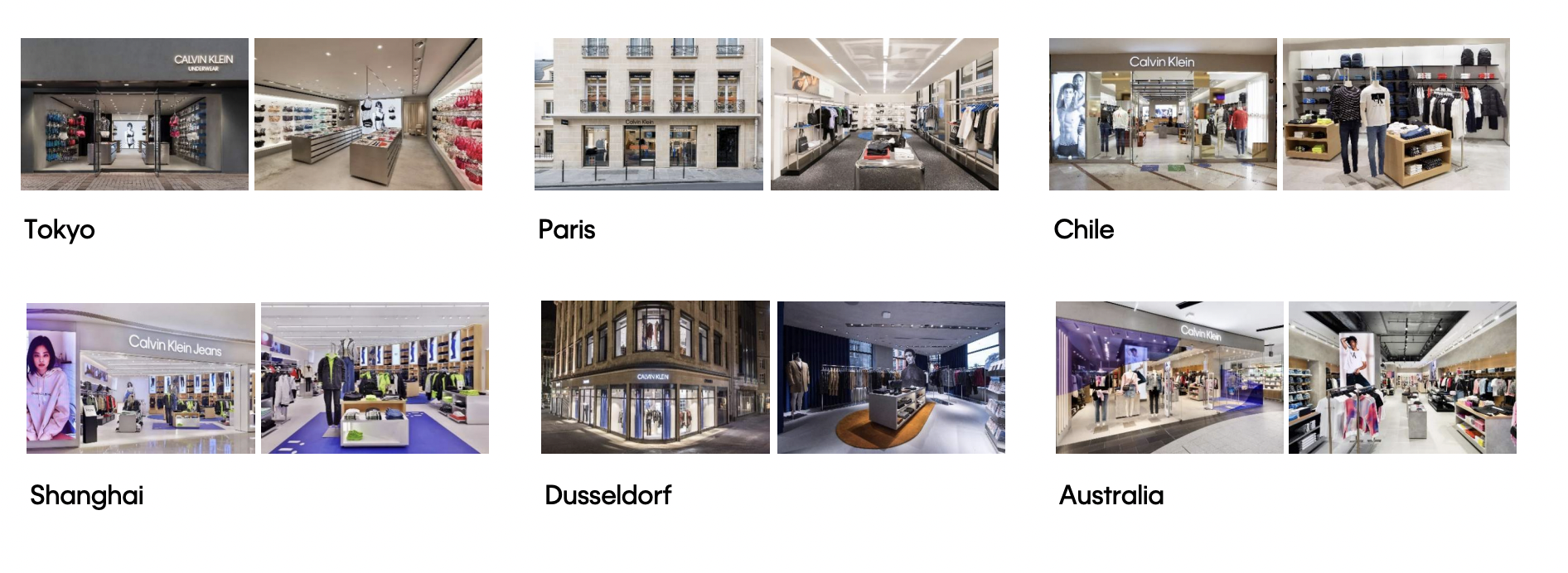
In terms of financial performance, PVH faced challenges in 2020, with a net income of -$1.136 billion and a net margin of -15.6%. However, the company exhibited resilience, achieving a profit of $952 million in 2022, resulting in a net margin of 10.4%.
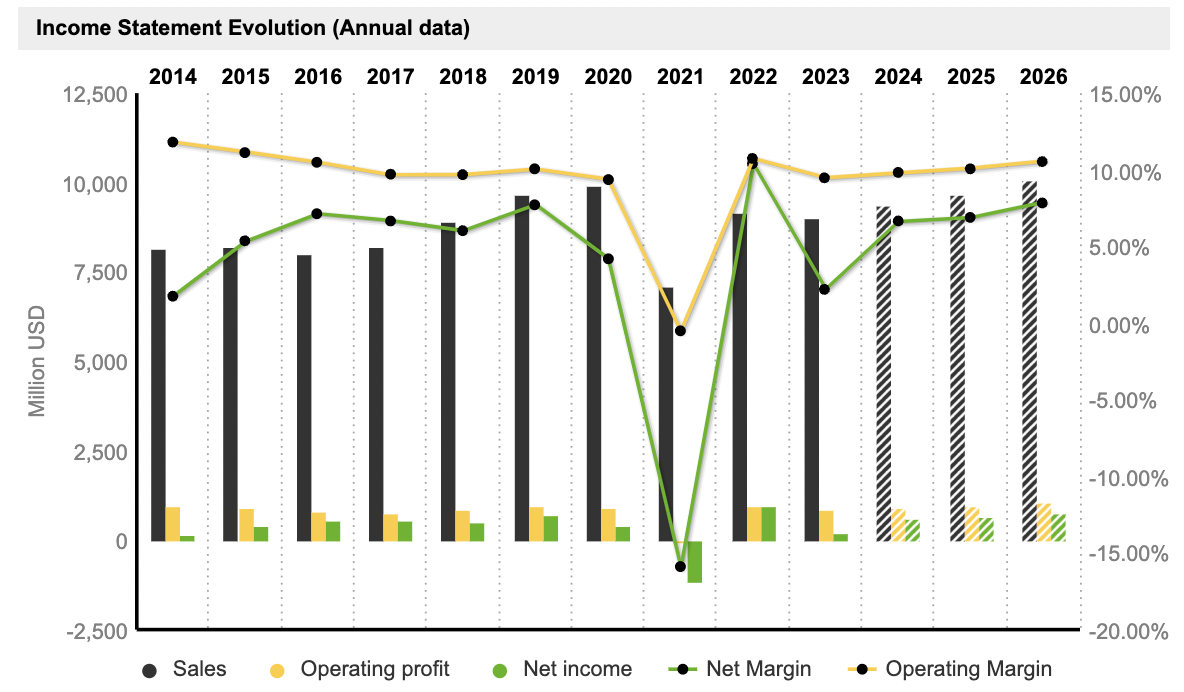
PVH's success can be attributed to its strategic focus on profitability, operational efficiency, and financial flexibility. With a decreasing debt position and a strong cash generation ability, the company is well-positioned to pursue its future growth ambitions. The group aims to achieve a compound annual growth rate (CAGR) of approximately 7% and generate revenue of approximately $12.5 billion by 2025. This growth will be supported by continued expansion of physical stores, with a particular emphasis on investing in new boutiques. Additionally, the company expects a substantial increase in online sales, with a goal to double its customer base.
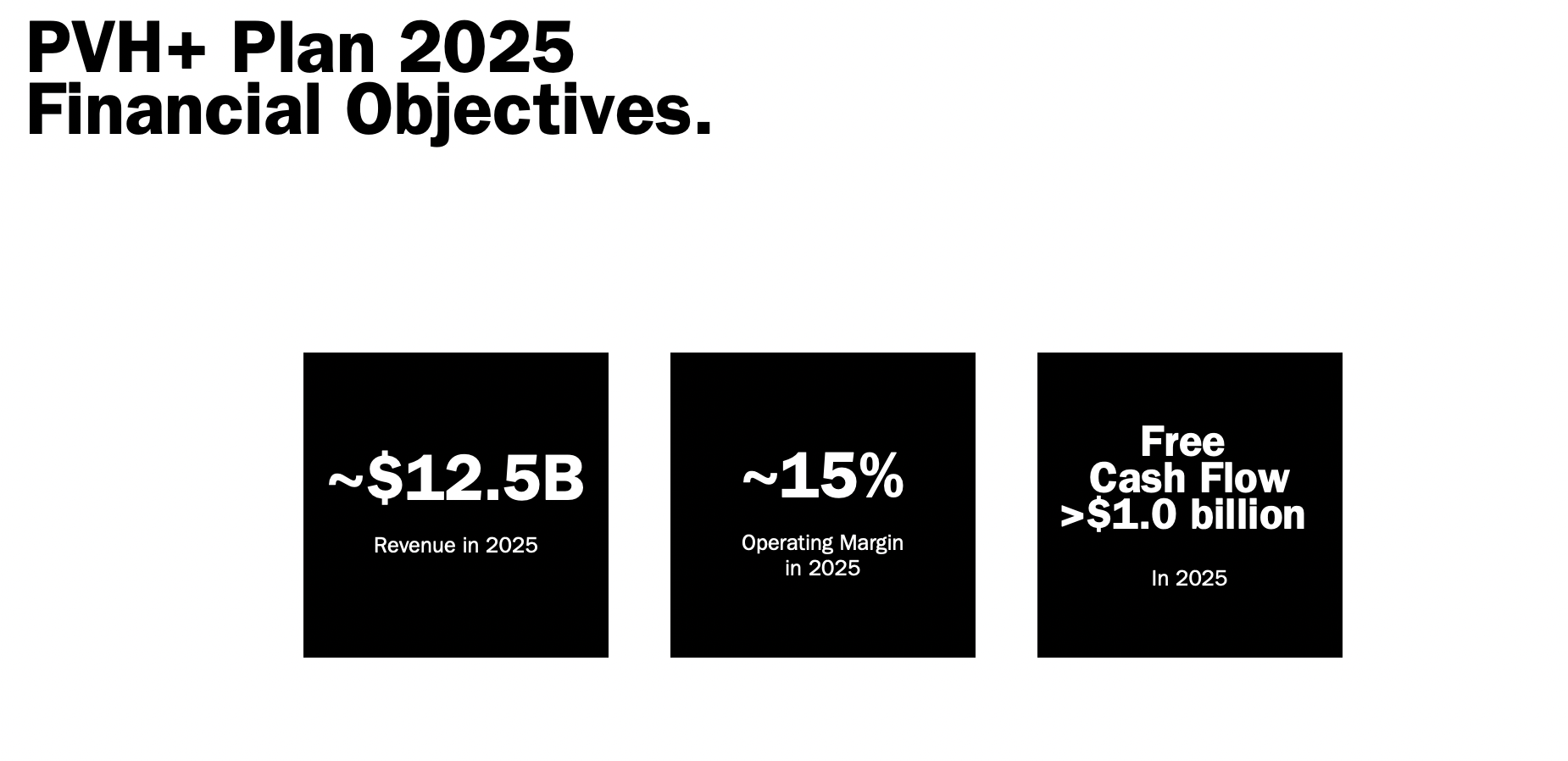
PVH's profitability, cash generation capabilities, and strategic initiatives in physical and digital retail underscore its potential for sustained growth. However, the fashion industry is highly competitive, and it faces the challenge of continuously adapting to rapidly changing consumer preferences and trends. Economic uncertainties, including fluctuations in consumer spending and global market conditions, could also impact its profitability. Additionally, supply chain disruptions, geopolitical tensions, and regulatory changes pose risks to the company's operations, particularly in its international markets.
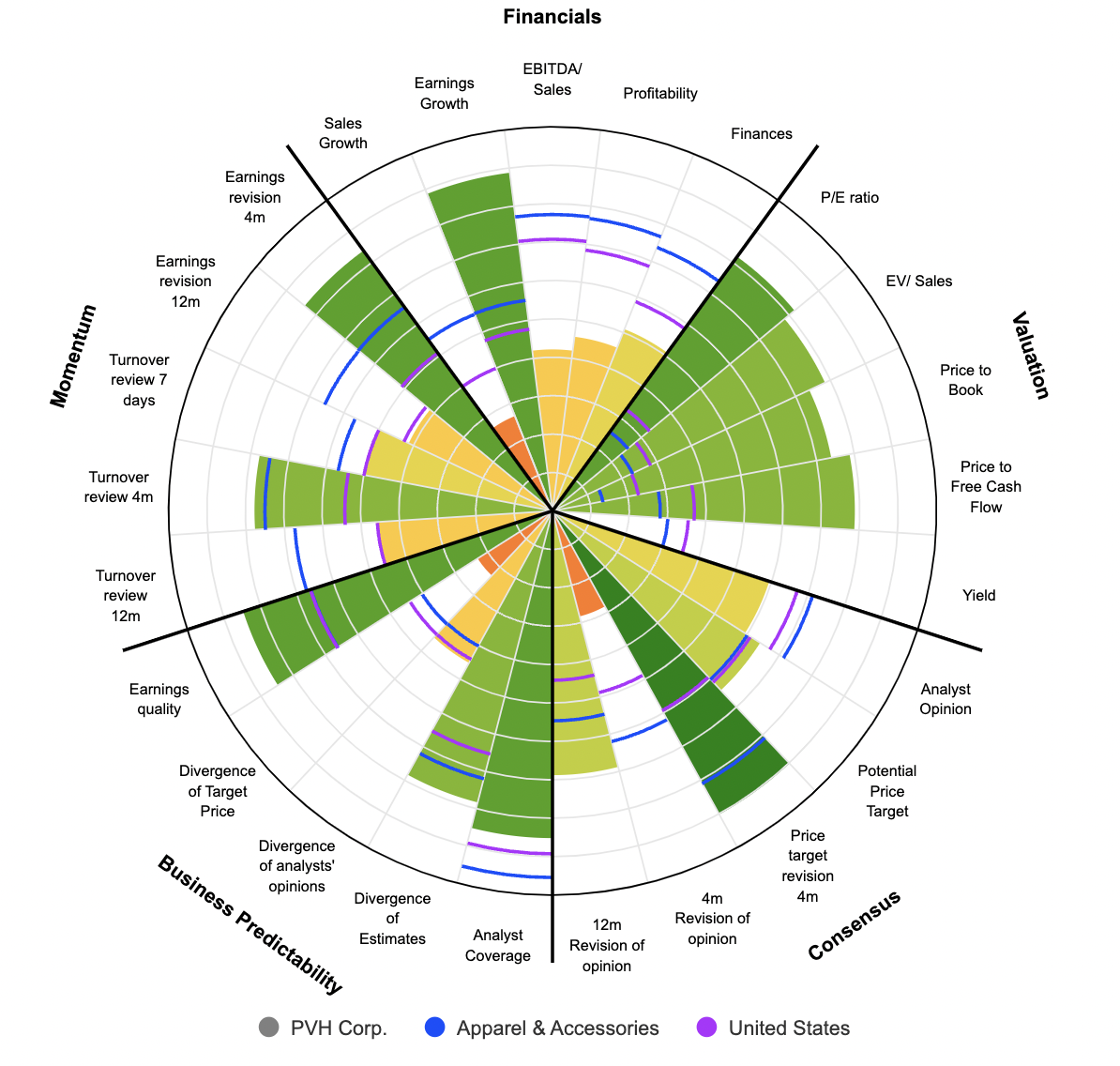

 By
By 


